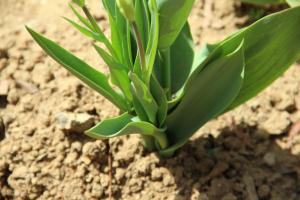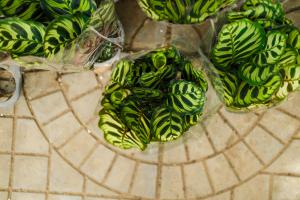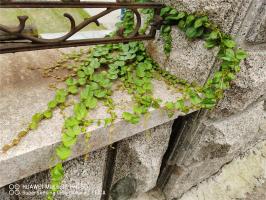Planting Daffodil Bulbs: How Deep Should You Go?
Daffodils are a colorful addition to any garden, and planting their bulbs can seem like a daunting task. One of the most commonly asked questions when it comes to planting daffodils is how deep to plant the bulbs. In this article, we鈥檒l explore the ideal depth for planting daffodil bulbs to ensure a beautiful and healthy display of flowers in your garden.
Understanding Daffodil Bulbs
Before we discuss how deep to plant daffodil bulbs, it鈥檚 important to understand how the bulbs work. Daffodils are perennials that grow from bulbs, which emerge from the soil in the spring and produce flowers. The bulbs are made up of layers that contain a small embryonic shoot, the flower bud, and a supply of food. This food is stored in the bulb during the growing season, and is used to produce flowers the following year.
How Deep to Plant Daffodil Bulbs
The ideal depth for planting daffodil bulbs is between 4 to 6 inches (10-15cm). This depth provides enough soil cover to protect the bulbs from frost, while still allowing the shoots to emerge easily in the spring. If you plant the bulbs too shallow, they may not have enough protection from the cold, and if you plant them too deep, they may not be able to break through the soil surface in the spring. It鈥檚 also important to space the bulbs out at least 3 inches (7.5cm) apart to give them enough room to grow and spread.
Planting Tips for Daffodil Bulbs
When planting daffodil bulbs, it鈥檚 important to choose a location that receives plenty of sunlight and has well-draining soil. If the soil is too wet or poorly drained, the bulbs may rot. It鈥檚 also a good idea to add some compost or well-rotted manure to the soil before planting to give the bulbs extra nutrients. When planting, make sure you plant the bulbs with the pointed end facing upwards, and cover them with soil, pressing down lightly to remove any air pockets. Finally, water the soil thoroughly after planting to help settle the bulbs in.
Caring for Daffodil Bulbs
After planting, daffodil bulbs require very little care. However, it鈥檚 important to water them regularly during their growing season, which is from late fall to early summer. If your area receives rainfall regularly, you may not need to water them at all. You should also avoid mowing or cutting the foliage until it has turned yellow, as this allows the bulb to continue to produce food for next year鈥檚 growth.
Conclusion
Knowing how deep to plant daffodil bulbs is key to ensuring they grow healthy and produce beautiful flowers. By following the tips outlined in this article, you can plant your daffodil bulbs with confidence, and look forward to enjoying the colorful display they provide in your garden for years to come.

 how many times do yo...
how many times do yo... how many planted tre...
how many planted tre... how many pine trees ...
how many pine trees ... how many pecan trees...
how many pecan trees... how many plants comp...
how many plants comp... how many plants can ...
how many plants can ... how many plants and ...
how many plants and ... how many pepper plan...
how many pepper plan...
































